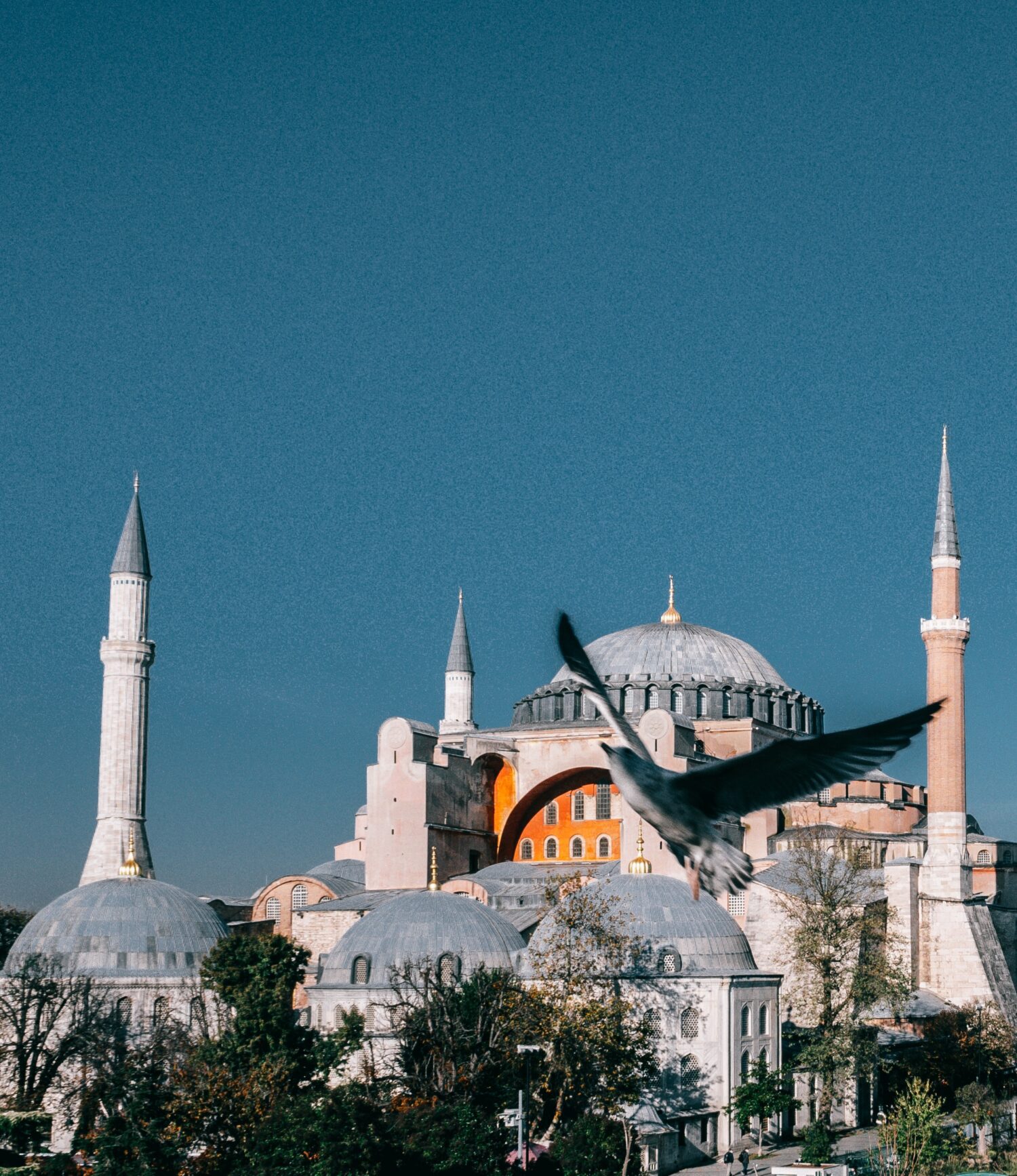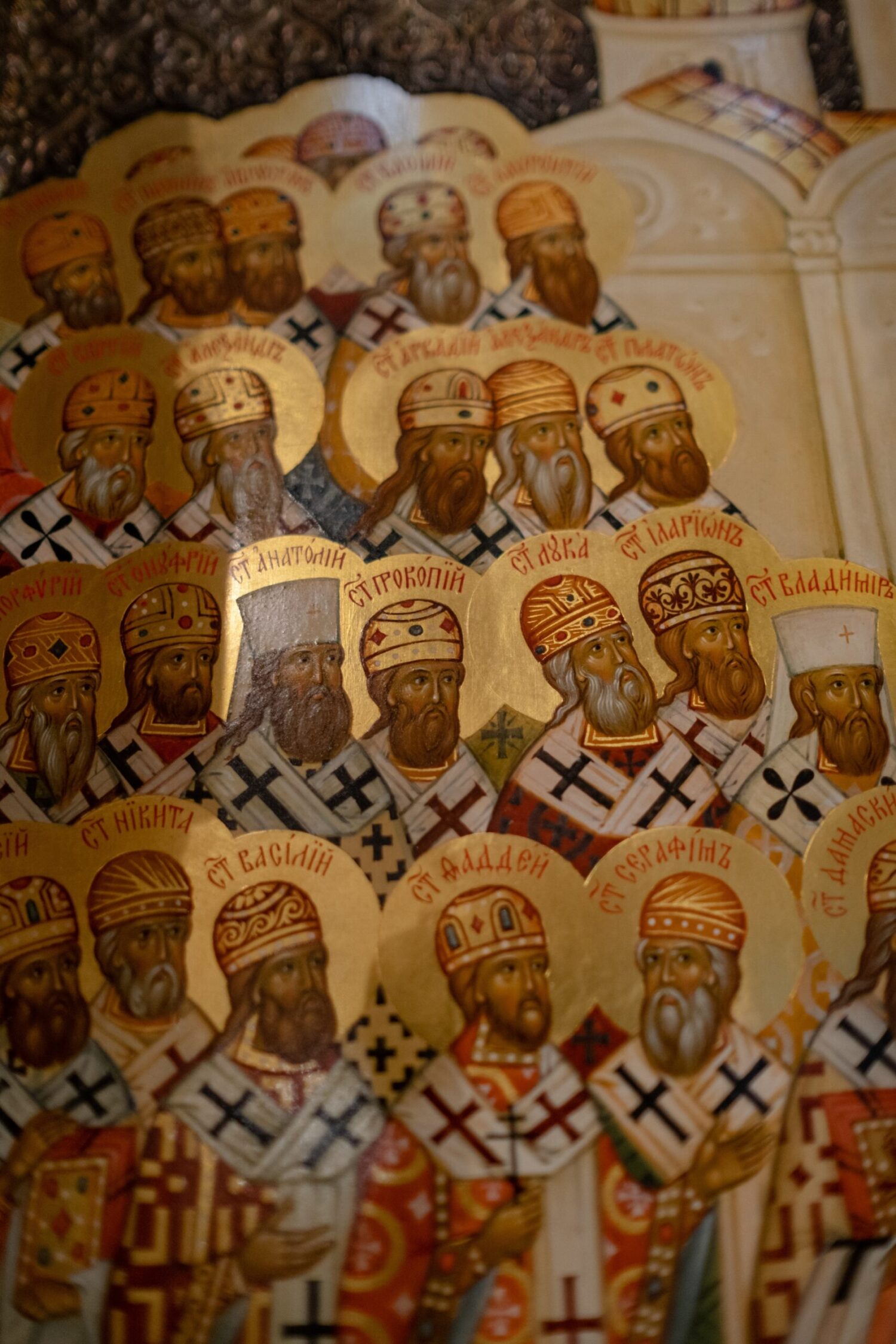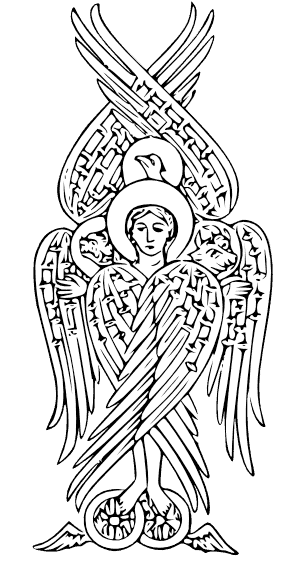Legal code from about 1870 B.C. written in the Sumerian language. It predates the long-known Hamurabi law code, now in the Louvre, by more than a century, and for its interest in the history of civilization, it is one of the most important archaeological finds every uncovered. The tablet is one of many thousands excavated in the Temple Library of Nippur by a University of Pensylvania expedition in the late 19th century
The so-called Code of Lipit–Ishtar (c. 1934–24 bc) is a Sumerian law , which contains the typical prologue, articles, and epilogue and deals with such matters as the rights of persons, marriages, successions, penalties, and property and contracts, according to britannica.com. Lipit-Ishtar (Akkadian: Lipit-Ištar; fl. c. 1870 BC – c. 1860 BC by the short chronology of the ancient near east) was the 5th king of the First Dynasty of Isin [see the Sumerian King List (SKL)].
Prologue
When the great An [1], the father of the gods, (and) Enlil [2], the king of all the earth, the ruler who establishes decisions, …Ninisin [3], the daughter of An, … for her… joy … for her clear forehead; when they gave her the kingdom of Sumer and Akkad (and) the favorable rule in her (city) Isin [4], … established by An. When An(i) Enlil called Lipit-Ishtar, then Lipit-Ishtar, the wise shepherd whose name was pronounced Nunamnir, to reign over the land, to establish justice in the land, to remove grievances, to repel the enemy(s) to avoid rebellion by force of arms, (and) to bring prosperity to Sumerians and Akkadians, then I, Lipit-Ishtar, the humble shepherd of Nippur [5], the virtuous farmer of Ur, who does not leave Eridu [6], worthy to be ruler of Erech [7], king of Isin, king of Sumer and Akkad, who was dear to the heart of Inan8, established justice in Sumer and Akkad in accordance with the words of Enlil. Indeed, in those days I provided … freedom for the sons and daughters of Isin, the sons and daughters of Sumer and Akkad, upon whom … the bonds of slavery … were imposed. Indeed, in accordance with … I have made the father the support of the children, (and) the children the support of the father; I commanded the father to stand by the children (and) the children to stand by the father; in father’s house (and) in brother’s house I … . Indeed, I, Lipit-Ishtar, son of Enlil, brought seventy to the house of the father (and) to the house of the brother; to the house of the unmarried I brought … for ten months … the man’s wife, … the man’s children … .
Laws:
1. … was established …
2. …
3. … property from the father’s home from his …
4. … the son of the government official, the son of the palace official, the son of the guardian …
5. … ship … follows him …
6. If a person inherits a ship(s) and rigs it for sailing from his …
7. … gift … it follows …
8. If he has given his garden to a gardener, so that the gardener shall take care of it … (and) the gardener … the owner of the garden …
9. If a person gave a plot of land to (another) person so that he could plant an orchard, (and the latter) did not plant a garden on the entire plot of land, then he is obliged to the person who planted the garden to give a part of the unused plot of land , which is not assimilated by him, as part of his схаре [9].
10. If a man entered the garden of (another) man (and was caught there stealing), he shall pay 10 shekels [10] silver.
11. If a man cut down a tree in (another) man’s garden, he shall pay 1/2 mina [11] of silver.
12. If the pushtinak adjacent to a person’s house belongs to (another) person, and the owner of the house has said to the owner of the pushtinak: “Because the land is not mastered, someone can break into my house; strengthen your house.” , (and) their agreement being confirmed, the owner of the wasteland shall be bound to indemnify the owner of the home for any property lost.
13. If a man’s slave or slave has run away and taken refuge in the center of the city, (and) if it is established that he (or she) has taken refuge in (another) man’s house for a month, he is obliged to give slave for slave.
14. If he has no slave, he shall be obliged to pay 15 shekels of silver.
15. If a human slave has served his servitude to his master (and) if this is confirmed by the master twice, that slave may be given freedom.
16. If a miktum is a gift to the king, it is not subject to alienation.
17. If a miktum has come to a man of his own free will, that man shall not dare to detain him; he is free to go wherever he pleases.
18. If a person without permission has forced (another) person to do something about which (the latter) thinks nothing, then that person does not deserve approval; he (the first man) must bear punishment for that deed which he compelled him to do.
19. If an owner of an estate has not paid the tax for the estate (and) another person has paid it, it is forbidden to evict the person from the estate within three years. (Then) the person who paid the estate tax becomes the owner of the estate, (and) the previous owner of the estate cannot dispute his right.
20. If an estate owner …
21. If one of the heirs has seized …
22. If … the father’s house … he has married, then the father’s house received by her as a gift from the father, he will receive, as her heir.
23. If the father be alive, his daughter, no matter what she may be, a ninishigir, or a lukur, or a temple maid, shall live in his house as an heiress.
24. If a daughter in the home of her healthy father …
25. If the second wife to whom he is married has borne him children, then the dowry which she brought from her father’s house belongs to her children; and the children from his first wife and the children from the second wife should equally share their father’s property.
26. If a man has married and his wife has borne him children, and these children are alive, and the slave girl has also borne children to her master, (but) the master has given freedom to the slave girl and her children, then the children of the slave girl have no right to share the estate with the children of their (previous) master.
27. If his first wife is dead, and after her death he takes a slave woman as his wife, then the children of his first wife are his first heirs; the children born of the handmaid of her master shall be as … and his house they, …
28. If a man’s wife has borne him no children, (a) the hetera with the public square has borne him children, he is bound to provide the hetera with grain, oil, and clothing; the children born to him by the heterah become his heirs, but as long as his wife lives, the heterah cannot live in (his) house with his wife.
29. If a man renounces his first wife … (a) she has not left home, then his wife, taken by him as his beloved, is his second wife; he is obliged to take care of his first wife.
30. If the (future) son-in-law entered the house of his father-in-law (and if) he was betrothed, (but) then they drove him out (of the house) and gave his wife to his friend, they are obliged to return to him what was brought by him presents on the occasion of the betrothal, (and) then the woman may marry his friend.
31. If a young man married a heter of the public square, (and) the judge forbade him to visit her, but, afterwards he divorced his wife, then the money …
32. (If) … he gave it to him, then after the father’s death the heirs shall divide the father’s estate, (but) the inheritance of the estate they shall not divide; they will not “boil the father’s word in water”.
33. If while still alive the father has postponed the marriage gift for his son, (and) in the presence of the father while still alive, he (son) has taken a wife, then after the death of his father the heirs …
34. If he lived with the assurance that … he did not divide the estate, he shall pay 10 shekels of silver.
35. If a man has hired a bull (and) has caused damage to its flesh in the region of the nostril, then he is obliged to pay one-third (of its) value.
36. If a man has taken a bull on lease (and it has damaged its eyes), then he is obliged to pay one second (of its value).
37. If a man took a bull on lease (and broke its horn), then he is obliged to pay a quarter (of its) value.
38. If a man has hired a bull (and) damages it in the region of the tail, then he is obliged to pay a quarter (of its) value.
39. If … then he is obliged to pay.
Epilogue
Indeed, in accordance with the truthful word of Utu, I incited Sumer and Akkad to adhere to true justice. Indeed, in accordance with the judgment of Enlil, I put an end to enmity and insurrections; of sufferings, complaints, sobs … taboo; I became the cause of good order and justice; I brought prosperity to the Sumerians and Akkadians…
Indeed, when I established abundance in Sumer and Akkad, I erected this stele. May he who does not do any malicious act to it (the stela), who does not destroy my creation, who does not erase its inscriptions, who does not write his own name on it, be granted long life and breath for many years; let him rise high in Ekur [12]; let Enlil’s high brow bow over him. (A ) he who commits an indecent act upon it (the stele), who destroys my creation, who erases inscriptions from it, who writes his own name on it (or) he who, knowing this curse, intends to replace it , – let this man be …, let him be …let him deprive him … send him … In his … whoever he is; let Ashnan [13] and Sumugan [14] the lords of abundance deprive him … let him remove .. Let Utu [15] the judge of heaven and earth … take away … him … foundations … as … let them consider him; not to establish the foundations of his dominion; this king, whoever he may be, Ninurta [16], the mighty hero, the son of Enlil …
Notes:
1. Ann – in Akkadian. Anu, one of the three supreme Sumero-Akkadian gods, patron of the city of Uruk.
2. Enlil – in Akkadian. Elil, from noise. “lord of the winds”, one of the main Sumero-Akkadian gods, along with An and Enki, patron of Nippur.
3. Ninisin – healing goddess, daughter of An, worshiped in Isin.
4. Insin – an ancient city in Mesopotamia, now the city of Tel-Ishan-Bahriyat in Iraq.
5. Nippur – a city in ancient Mesopotamia on the Euphrates River, now Nifer in Iraq. In the city there was a ziggurat of the god Enlil.
6. Eridu – an ancient Sumerian city, now the city of Abu-Shahrain in Iraq, was founded in the first half of the IV century BC. on the Persian Gulf coast.
7. Erech – the biblical name of the Sumerian city of Uruk, its name is also found as noise. Unug, the Greek. Orhoya, now Vark settlement. The city was for some time the capital of ancient Sumer.
8. Inan – from noise, “ruler of the heavens”, Sumerian goddess of fertility, carnal love and strife.
9. The Russian translation is not very clear. Probably, the provision stipulates that the harvest from the entire land should be calculated first, and then divided into the agreed shares, and the unrealized harvest from the unsown plot should also be included in the share of the gardener.
10. sickle – of noise. gin, a Babylonian unit of weight equal to 8.4 g, 1 shekel = 1/60 mina.
11. mina – (Shum. mana) a measure of weight in Sumer and Babylonia, weighing about 505 years, 1 mina = 60 shekels (Shum. gin); 60 minis = 1 talent (shum. gu).
12. Ekur – “home of the mountain”, name of the temple of the Sumerian god Enlil in Nippur
13. Ashnan – Sumerian goddess of grain.
14. Sumugan – Shakan, Sumero-Akkadian deity responsible for plant and animal life in the valleys.
15. Utu – from noise.”the bright”,”shining”,”day”. In Sumerian mythology, the sun god.
16. Ninurta – noise. “ruler of the earth”, in Sumero-Akkadian mythology god of war, hunting and fishing, vegetation and fertility. together with this god of the morning sun, merciful, healing and all-forgiving. He was honored with his father Enlil at Nippur.
Photo: Prologue code Lipit-Ishtar AO 5473.jpg / Wikimedia Commons














